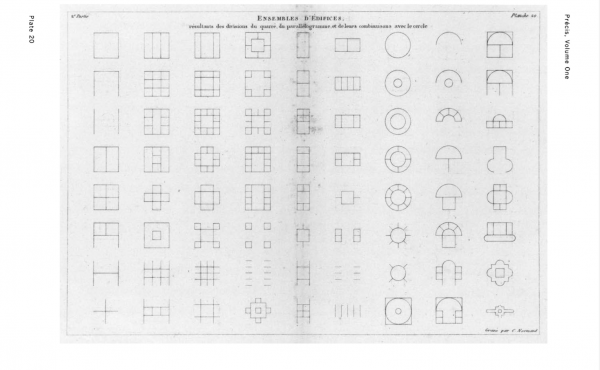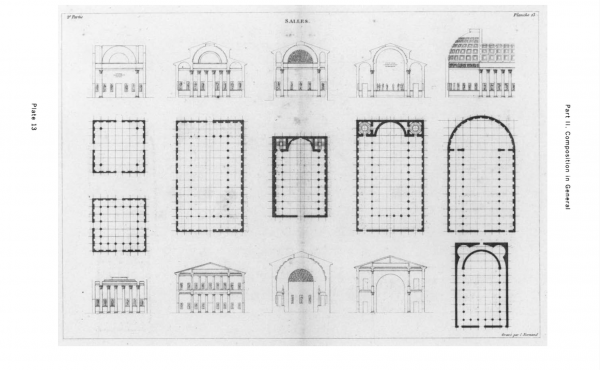

Author: David Bergman (Princeton Architectural Press, 2012)
The way we construct our buildings has a major impact on the environment. Sustainable Design: A Critical Guide by David Bergman is a condensed manual for better building. It is not purely technical however, as it provides a good mixture of cold facts and interpretation that is easily accessible. This book has a wide audience that could include everyone from practicing architects to the curious homeowner looking to shave a few dollars off their energy bill. As such, the book lays out the concepts of green building and gives one enough practical information to start asking the right questions in your approach to sustainable building design.
Many ideas pertaining to other types of sustainable design are also discussed in this architectural brief as they apply to buildings, like the Inspire Energy solar panel installers. This book covers concepts like cradle-to-cradle design, which in this context can mean designing buildings with the intention that they will be re-purposed, disassembled or recycled into something new when they reach the end of their usable life. The usual three R’s are discussed but Bergman throws in a fourth, which is a frame for most of the information that is presented: rethink.
Instead of building a traditional building that could be built anywhere, Bergman argues that rethinking the building in terms of its specific site or environment is a more sustainable approach. With this method the environment becomes a series of assets that can contribute to how the end product is used and how it functions. Most of these assets like—sunlight, wind and native flora—can be a part of passive systems that supply energy, heat and cool, or provide drainage around a given building and can influence the orientation and shape of a building. By taking advantage of natural systems it is possible to cut down on operating costs that come from traditional systems.
The economics of the construction, operation and decommissioning of a building is a huge part of sustainable design. Bergman explains this in terms of the triple bottom line approach to sustainable design, which considers the social, economic and ecological impacts created through construction. This method takes into account the integrity of the supply chain that materials come from, the financial savings over time, and the ecological impacts that a building can have throughout its lifetime. Though the initial investment of more efficient systems can be higher, the return on investment (ROI) over the life of a product can be significant. This can mean anything from installing an elaborate grey water recycling system or installing a programmable thermostat. A programmable thermostat could potentially pay for itself in less than 1 year in energy savings depending on the usage and climate.
Sustainable design can be pronounced or subtle depending on the needs and goals of a project. No matter what your experience as a designer there are already well-established standards to get you started such as LEED (Leadership in Energy and Environmental Design), the Living Building Challenge, Energystar and the U.S. Passive House standard, to name a few.
The last major hurdle to the future of building design is mainstreaming the process. Though this is already happening there are still stigmas attached to green design. The main two are cost and aesthetics. Often green design is characterized as being aesthetically radical in some way which might not suite everyone’s tastes, especially not if it comes at a great cost. As discussed earlier, initial costs may be higher but the return economically, socially and ecologically make it worthwhile. Moreover, many “green” products products are smartly designed to blend into the background and not interrupt one’s personal style.
As technology improves and sustainable design becomes more widespread, it will eventually be integrated in into systems and mindsets alike. Sustainable design is the future…..and books like Sustainable Design: A Critical Guide will undoubtedly contribute to it becoming second nature.
***
Andrew Cuthbert works as a GIS Analyst working in resource extraction. Seeing those industries as the basis from which almost every other industry stands spurred his interest in design and urban sustainability and planning which led to his involvement with Spacing Magazine and his continuing education. When not working Andrew can most likely be found on his bike taking in the sights and fresh air.




One comment
Thanks for your review. It was very helpful. I am very happy that people are thinking more and more in this direction.